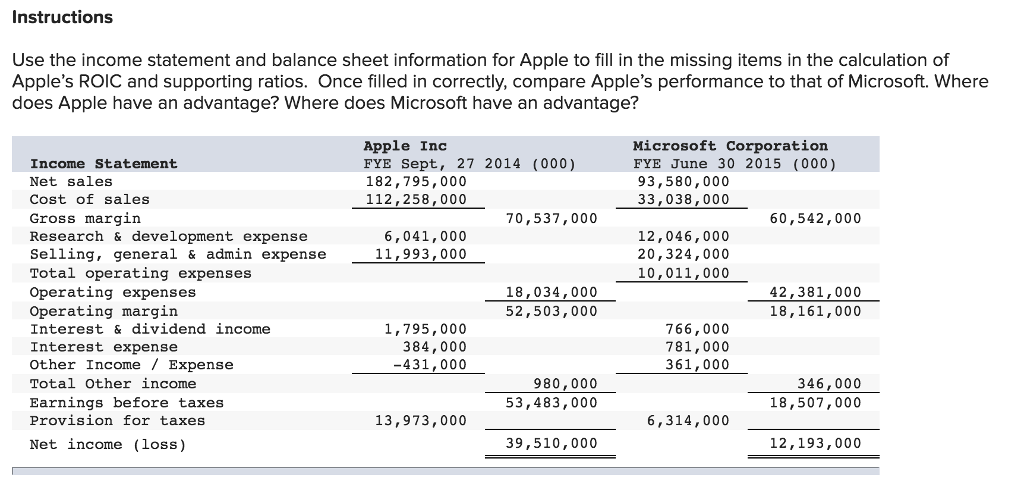

Current assets are normally numbered from 1000 to 1499.

Current Assets are assets that you can easily turn into cash, such as checking accounts, savings accounts, money market and CD accounts, accounts receivable, and inventory. They are usually divided into two groups: current assets and fixed assets. Many organizations structure their chart of accounts so that expense information is separately compiled by department thus, the sales department, engineering department, and accounting department all have the same set of expense accounts.Īssets are things your company owns. Thus, the chart of accounts begins with cash, proceeds through liabilities and shareholders’ equity, and then continues with accounts for revenues and then expenses. For example, if you need to know how much money you spend on postage, you can set up a file (an account in the Chart of Accounts) for Postage ExpenseĪccounts are usually listed in order of their appearance in the financial statements, starting with the balance sheet and continuing with the income statement. Think of a chart of accounts as a file cabinet, with a file for each type of accounting information you want to track. That’s why it is so important to understand how it works. The Chart of Accounts is the backbone of your accounting system. The accounts are usually numeric, but can also be alphabetic or alphanumeric.
#INCOME AND EXPENSE BAR CHART APPLE NUMBERS SOFTWARE#
The chart is used by the accounting software to aggregate information into an entity’s financial statements. The chart is usually sorted in order by account number, to ease the task of locating specific accounts. The chart of accounts is a listing of all accounts used in the general ledger of an organization.


 0 kommentar(er)
0 kommentar(er)
